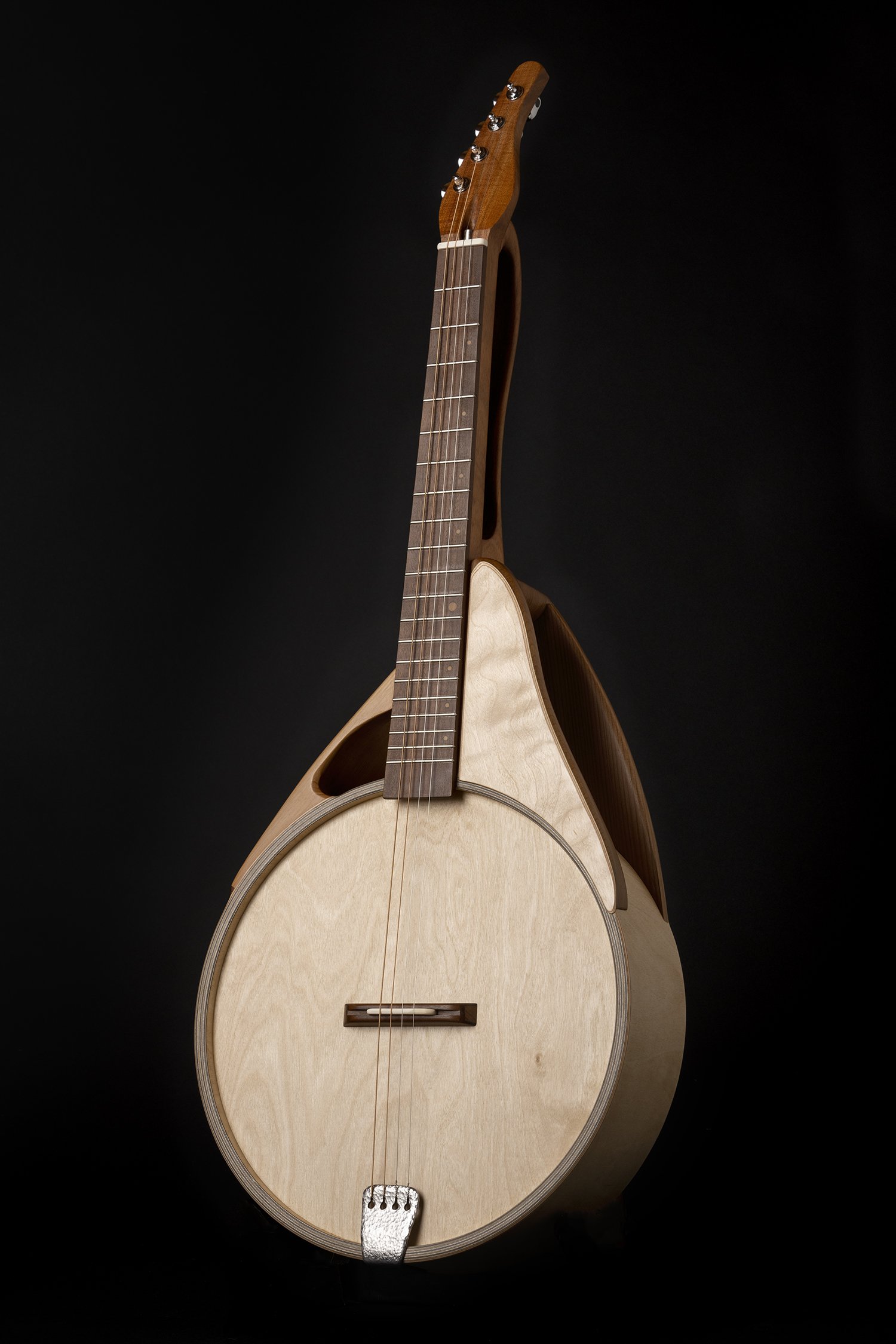Individually tailored musical instruments to extend the creative output of people with disability. Quality, purpose-built instruments offering reward and challenge that inspire a pathway to expression.
“It is wonderful to find a luthier with both the artistic talent and engineering skills to match. A job beyond well done, you have no equal.”



The Path Less Trodden
I love working through the specifics of matching an instrument’s design to someone's individual physical capacity. Through my broad experimentation with musical instruments of a variety of shapes and sizes, I have developed strategies to custom-make ergonomic and dynamic instruments.
It starts with getting a clear picture of the player, to work out the physical size or handling of the instrument, how the instrument can/will be played, and how it needs to fit in with other instruments in terms of volume and tonal range. From here, I am in a position to create a custom design and package it all into a beautiful, ergonomic and highly functional instrument.
Well? How did I get here?
Unlike most instrument makers, I didn’t start by following the recipe of any particular traditional discipline. I’ve devoted hundreds of hours towards developing alternative structures to facilitate extended function and ergonomics which I can apply to a variety of instruments.
Primarily, I have split my time experimenting with various hand-percussion instruments as well as resonator and acoustic lap-style guitars. I have developed a spoked bracing system for circular soundboards for stringed instruments that can be scaled up or down in size. I have also designed an internal X chassis for hand percussion that allows me to add a number of tuned hand percussion playing faces into a single instrument.
The realisation that I could use Aircraft-grade plywood for instrument making was pivotal. It opened several alternative construction methods that allowed me to devise extended range instruments that weren’t plausible if I were following a traditional instrument-making narrative.
The Promise
I recently delivered a custom 4-string guitar to a client in the US. The gentleman, Mark, had gone through a medical procedure that had resulted in reduced strength in his hands. Having played a regular fretted guitar for well over 30 years he was no longer able to apply adequate pressure to the strings and grip the neck to play chords.
He asked me if I could design and build a fretted, short-scale length, four-string lap-style instrument. I asked him an exhaustive series of questions about how he would want to use the instrument and how the instrument would need to perform. Starting with a blank sheet of paper, I looked at how I might be able to balance my "golden triad of considerations"; function, ergonomics and design. The information he provided was so clear that the first design sketch was virtually unchanged and became the plans for the instrument I delivered. I dubbed this little guitar, The Promise.


